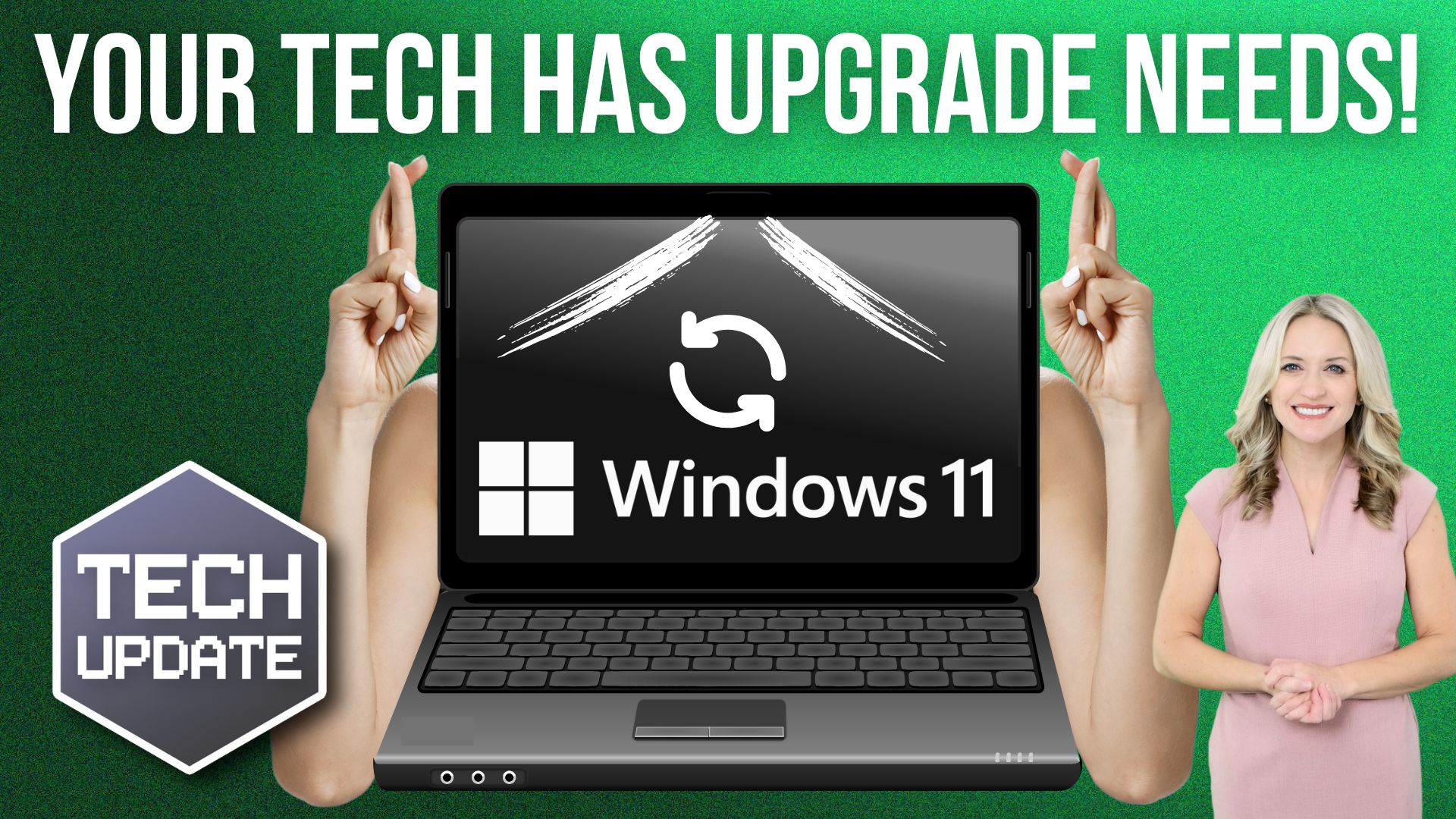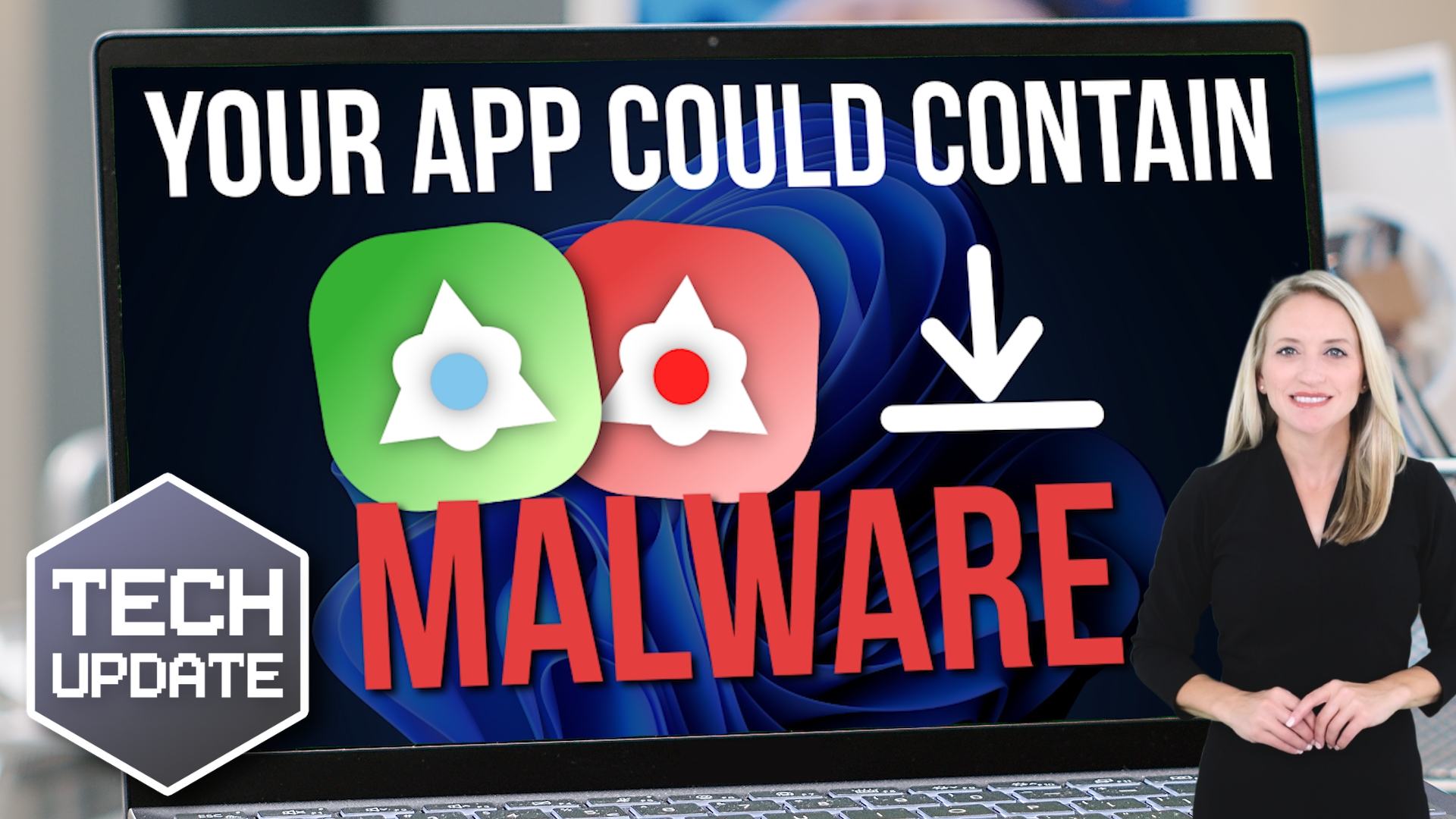Don’t Overlook Windows 11’s Hardware Requirements – Here’s Why
Upgrading to Windows 11 sounds exciting—new design, better features, enhanced security. But what if your computer suddenly slows down, throws unexpected errors, or stops receiving updates? That’s the reality for businesses running Windows 11 on unsupported hardware.
Why Hardware Requirements Matter
Think of Windows 11’s hardware requirements like a recipe. If you’re missing key ingredients, the final dish won’t turn out right. While experimenting in the kitchen might be fun, taking chances with your business technology isn’t worth the risk.
Windows 11 delivers better performance and stronger security, but only if your hardware is up to the task. One critical requirement is TPM 2.0, a built-in security chip that safeguards sensitive data like passwords and encryption keys. Without it, your system is more vulnerable to cyber threats.
Other key requirements—like enough RAM, storage, and a compatible processor—ensure your device runs Windows 11 smoothly and efficiently.
The Risks of Ignoring These Requirements
While it’s possible to install Windows 11 on unsupported hardware, Microsoft strongly advises against it. If you bypass the requirements, your system won’t receive essential updates—including critical security patches. This leaves your business vulnerable to cyberattacks, data breaches, and software malfunctions.
What About Staying on Windows 10?
Microsoft is ending free support for Windows 10 in October this year. After that:
✔ No more updates
✔ No more bug fixes
✔ No more free security patches
While paid extended security updates are available, they’re only a temporary fix. Upgrading to Windows 11 ensures long-term security, stability, and access to the latest productivity tools—without extra costs down the road.
The Smart Move for Your Business
If upgrading hardware seems like an unnecessary expense, think of it as an investment. Newer devices don’t just meet Windows 11’s requirements; they’re faster, more reliable, and reduce downtime—saving your business time and money in the long run.
The bottom line? Hardware requirements aren’t optional. They’re designed to protect your business and keep your systems running smoothly. If your current devices don’t meet Windows 11’s requirements, now is the time to plan your next steps.
Need expert help making the switch? Let’s talk.
Next Steps
Are you looking for a new IT service provider? Check out our free guide that explains how to choose your next IT service provider for some quick tips to get you started! Schedule a free 15-minute discovery call with someone from our team to see if we’re a good mutual fit!







